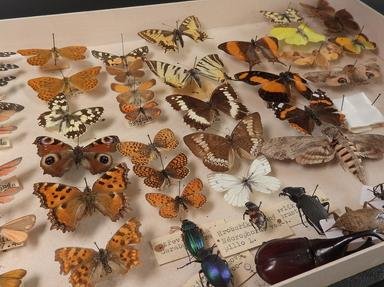Quiz Answer Key and Fun Facts
1. Lice can be found naturally occuring on all seven continents.
2. Lice seldom carry diseases that are harmful to human beings.
3. The average louse has ten legs.
4. The typical louse has a lifespan of two years.
5. The typical louse travels between hundreds of animal hosts during its lifetime.
6. The typical louse is smaller than a cherry.
7. More species of lice infect mammals than infect birds.
8. The head of a chewing louse is proportionally wider compared to its thorax than the head of a sucking louse.
9. The typical louse avoids light.
10. A louse egg is also known as a nit.
Source: Author
bernie73
This quiz was reviewed by FunTrivia editor
rossian before going online.
Any errors found in FunTrivia content are routinely corrected through our feedback system.
